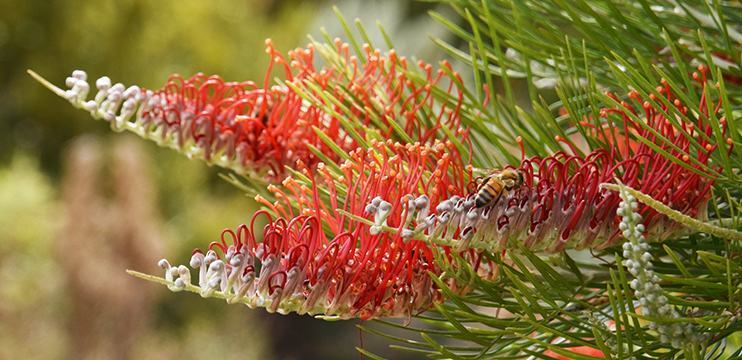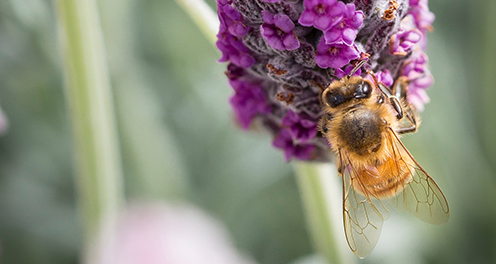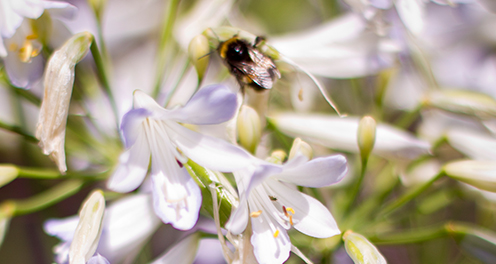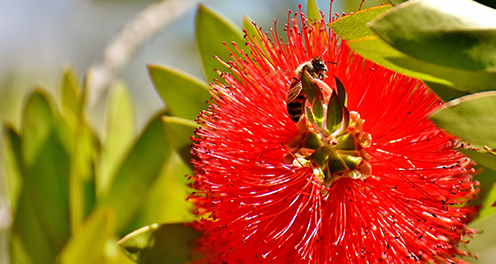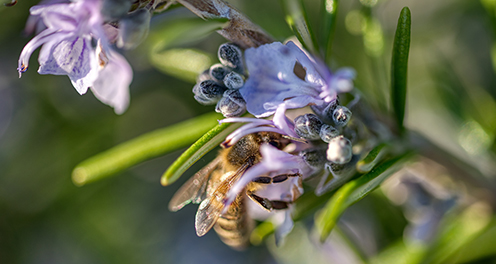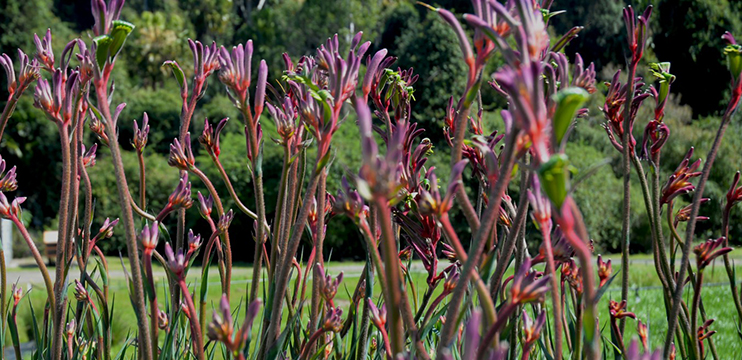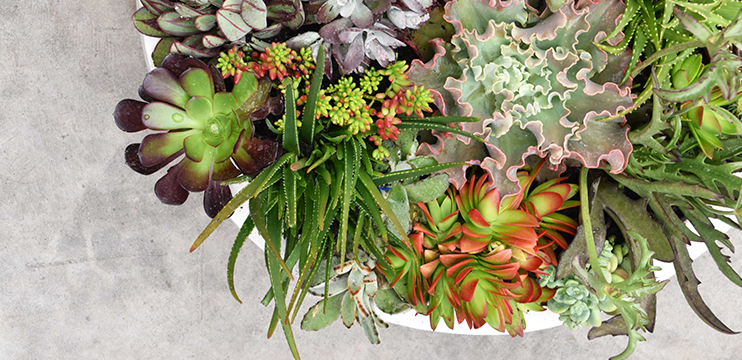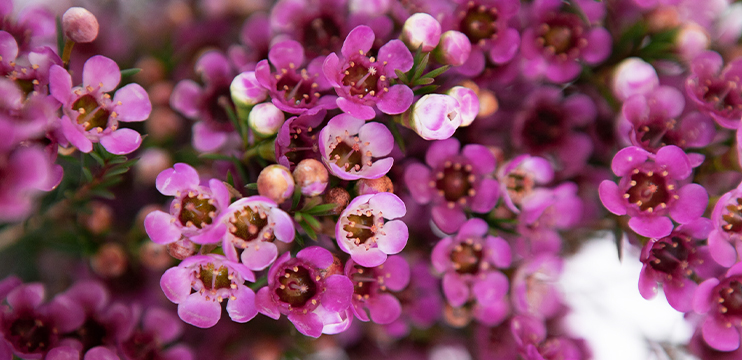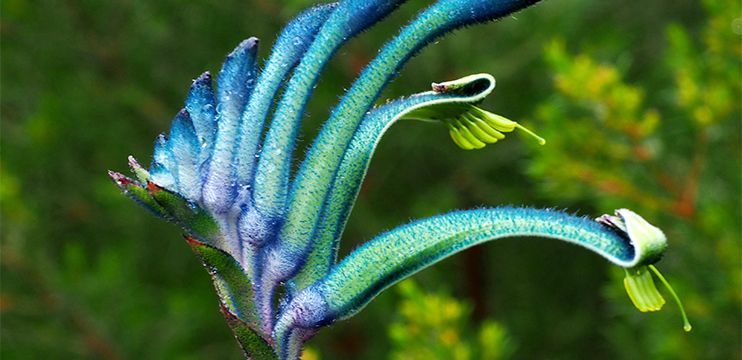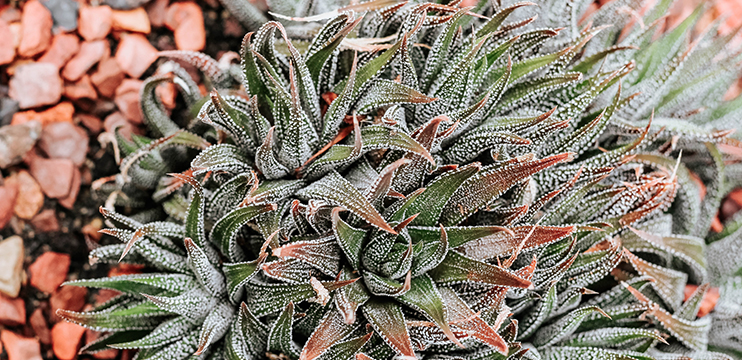We need bees.
Every year 20th May is World Bee Day which raises the awareness and importance of bees and beekeeping, and this past year has perhaps more than any before it thrown into stark contrast the true value of our tiny pollinators.
Bees, along with butterflies, birds, bats and small marsupials are all considered ‘pollinators’, helping to facilitate the development of seeds and fruit in a wide variety of plants around the world. This is particularly instrumental to the agriculture industry, as pollinators benefit agricultural production of both the crops that we eat and the plants that are consumed by farmed animals. A healthy bee population is one way to ensure ongoing food security.
Furthermore, bees are essential to the overall health and sustainability of the ecosystem. By pollinating, they indirectly help to reduce climate change, purify air and water, build soil and recycle nutrients.
There are 20,000 species of bees, and attracting native bees to your area is easiest with native plants. Native bees do not travel as far as European honeybees, and so they rely upon more local sources of nectar. This can improve and expand their habitats while providing nesting materials. Doing so also helps to protect the biodiversity of indigenous flora and fauna in your area.
Perhaps the most obvious native plant choice is the humble Gum tree. The prolific blossoms produced by Eucalypts are highly attractive to native bees and can help to guide them towards other flowering shrubs and plants in your area. Mature Eucalyptus trees are also an important source of resin for some bee species. Similarly, native bees will flock towards Leptospermum or Tea Trees, whose dense growth habit and high volume of flowers attract and support a range of pollinators. Acacia (or Wattle) and Banksia also are fantastic plant groups to use as their flowers are packed with pollen.
Callistemon or Bottlebrush, are hardy shrubs producing an abundance of bright nectar and pollen-rich flowers that are attractive to a wide range of native bee and bird species. They are ideal as hedges, screening shrubs or street trees. Westringia or Coastal Rosemary are another hardy hedging shrub which flowers almost year-round and is attractive to long-tongued bee species. Grevillea or Spider Flower are also long-flowering shrubs which make a great focal plant, and their unique blooms produce large amounts of nectar attracting native birds and bees alike.
Viburnums have long been a popular flowering landscape shrub and are available in a wide range of cultivars. Another understory plant that is popular with pollinators is Melaleuca also known as Honey Myrtle. Different varieties range in size, offering shrub to small tree options and their abundant brush-like flowers support numerous native pollinators. Hardenbergia or Native Wisteria vines work well as either a climber or ground cover in most garden designs, providing habitats for ground-nesting bees, and their vibrant purple blooms attract both native birds and bees alike.
For fans of vibrant potted colour, bees will also love profusions of flowering plants such as Marigold and Vinca.
For a more varied garden design, consider also attracting bees by planting seedlings which produce both edibles and flowers, such as Borage, Lavender, Strawberries and Creeping Thyme. Interspersing pollinator-attracting plants amongst existing greenlife is tremendously beneficial across the entire landscape design, encouraging more growth.
Help to save the bees by planting more wildlife attracting plants. Explore these in our online plant library.

